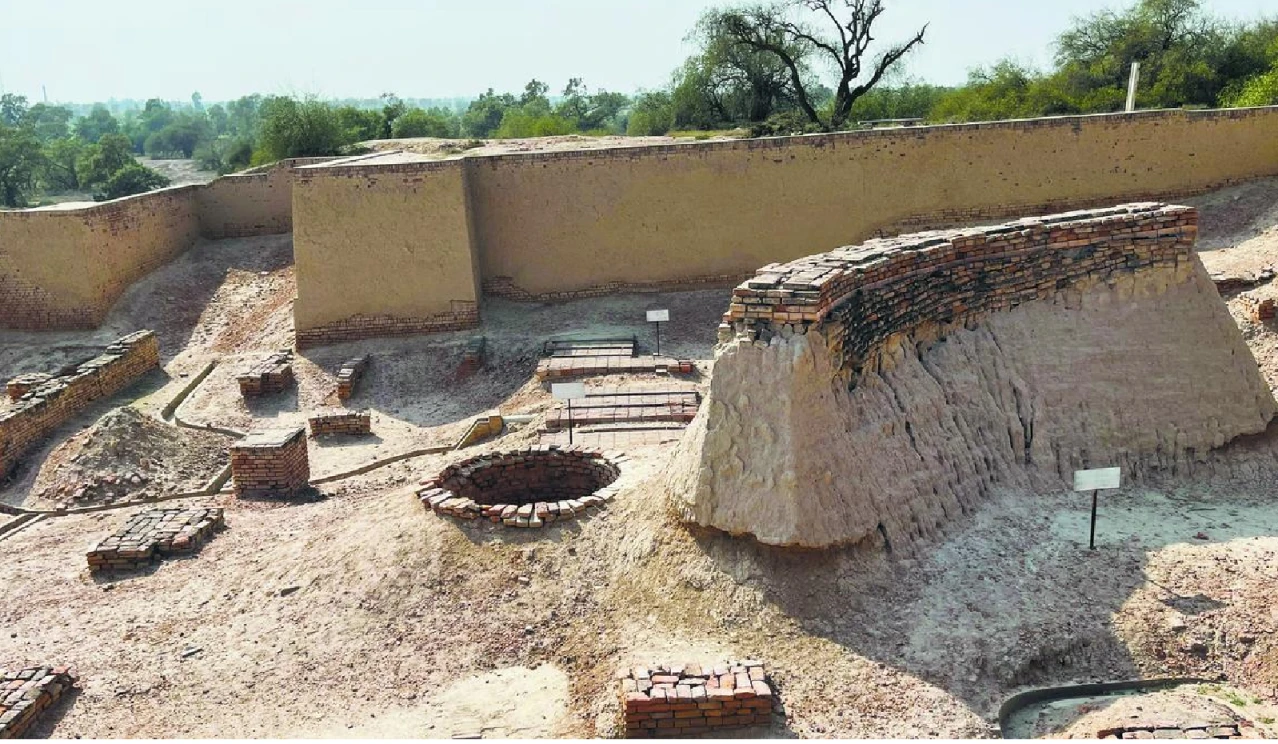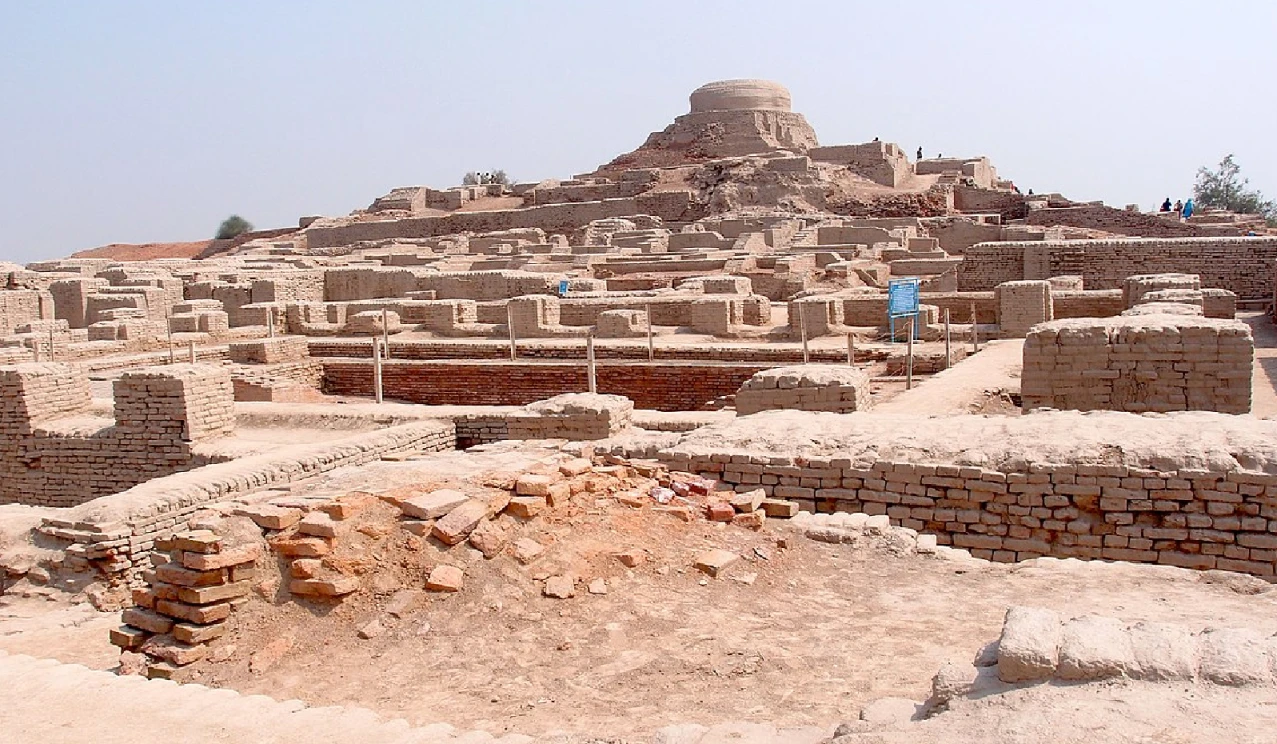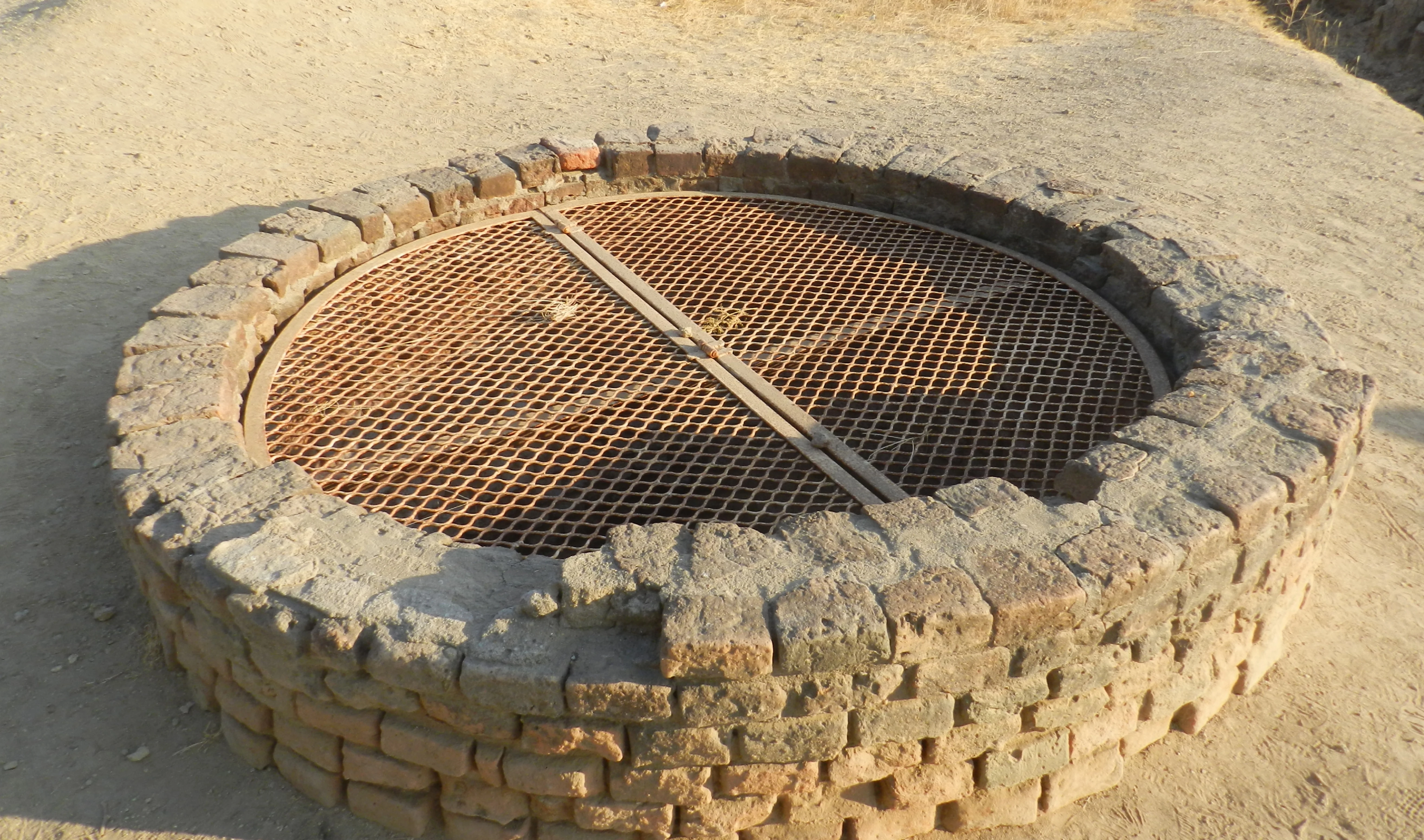Recently, Chief Minister of Tamil Nadu announced the prize for experts and organizations for deciphering the scripts of the Indus Valley Civilization.
About Indus Valley Scripts
- Distribution and length: Found at approximately 60 excavation sites. Currently, ~3500 specimens of this script survive in stamp seals carved in stone, in moulded terracotta and faience amulets, in fragments of pottery.
- Writing direction and style: Indus script is an unknown writing system, and the inscriptions discovered are very short, comprising no more than five signs on the average.
- Generally written right to left, longer texts sometimes used Boustrophedon Style (alternating directions between lines).
- Composition of the script: Partially pictographic signs, contains human and animal motifs, distinctive 'unicorn' symbol, artistic designs showing "controlled realism", etc.
- Writing media and methods: Use of seals, tablets, and copper tablets, Materials included terracotta, ceramics, shell, bone, ivory, stone, metals, and perishable materials like fabric and wood.
- Applied through carving, incising, chiseling, inlaying, painting, molding, and embossing.
Significance of Deciphering Indus Valley Script
- Historical: Could reveal relationship between Indus Valley Civilization and later Vedic practices and their interaction with other contemporary civilizations.
- Linguistic and Ethnic connections: Could establish connections between the languages of the Indus Valley and contemporary languages from Dravidian and Indo-European families.
About Indus Valley Civilization
|






